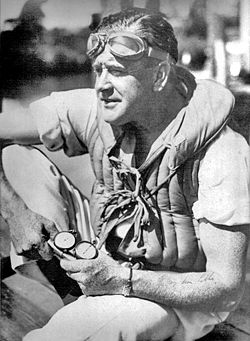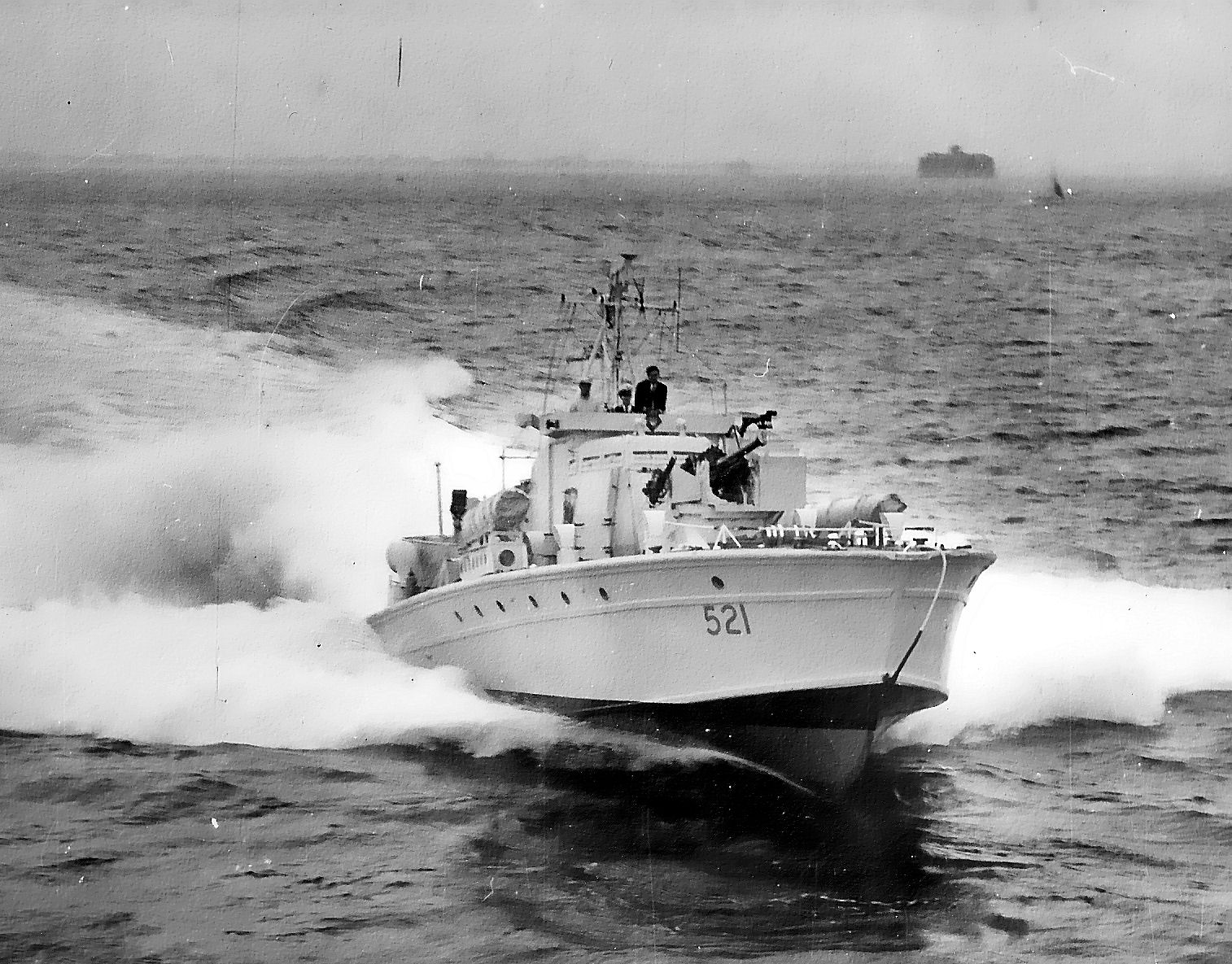
Hubert Scott-Paine was a Shoreham lad who worked in yachting from an early age, becoming the factory manager of a Woolston-based boatbuilders in 1913. he bought the company in 1916 and renamed it the Supermarine Aviation Company, building flying boats for the Admiralty. One employee was Reginald Mitchell who went on to design the Spitfire fighter aircraft. Another was a gentleman named T E Lawrence – better known as Lawrence of Arabia. He was one of the trials boat drivers.
At the end of World War I, Scott-Paine started a cross-channel flying boat service, and in 1922 won the coveted Schneider Trophy in a racing version of his passenger aircraft, designed by Mitchell.
By 1924 he had merged his airline with three others to form Imperial Airways, one of the first long-distance commercial airlines.
Now quite wealthy, Scott-Paine focused on designing and racing powerboats. He formed the British Powerboat Company at Hythe and established a modern, mass production boatbuilding facility there, turning out race-winning racing designs as well as seaplane tenders and target boats.
He and his team were at the forefront of the development of planing hulls that rose up over the water at speed, rather than pushing through the waves. The hydroplane hull championed by John and Blanche Thornycroft and others like Percy See had been around for almost 30 years and held all the speed records in the 1920s, but the boats themselves were very light, relatively fragile, difficult to handle and poor seaboats in rough weather.
The solution was the development of the hard chine hull. The forward end of the boat was almost triangular and rather than a rounded entry, it was built from fairly flat sections. It lifted her out of the water rather than carving through it – and then tapered to a shallow Vee shape that allowed her to skim along like a tea tray at speeds over about 14 knots (16mph). Directional stability was vital though, especially in rough seas, so the keel had to run a reasonable length aft. That meant finding a ‘sweet spot’ at the stern – too flat and she skidded around, too round and she struggled to plane. Eventually, an angle of about 23 degrees seemed to work – known today as a ‘deep-vee hull’. They were heavy to handle by modern standards, but better than the hydroplanes. Importantly, they could carry much bigger loads and maintain higher speeds in adverse weather.
The British Powerboat Company constructed…

